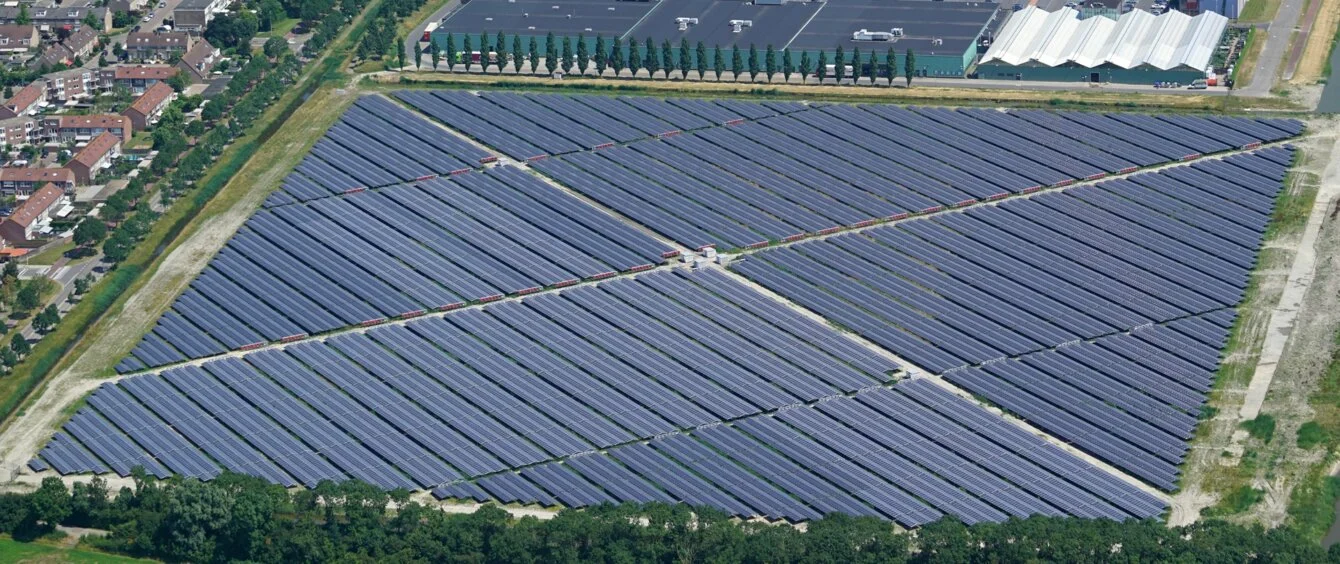Yet again, the EU announced a more ambitious climate goal for the energy sector. Early in October 2023, the European Council adopted a new Renewable Energy Directive (RED). It envisages lifting the share of total energy consumption accounted for by renewables to at least 42.5 percent by 2030. This replaces the former target of 32 percent. An overwhelming majority of the member states welcomes this push.
The new legislation is a boon to the energy transition, which resulted from intense negotiations. This explains why the current version of the law is a compromise. Originally, the Commission called for a quota of 45 percent, a target which has become a voluntary reference.
Renewables quota must double
One thing is for certain: Renewable energy must be expanded substantially in the years ahead in order to achieve the new goal. The latest data shows a share of renewables in the EU energy mix of some 22 percent, meaning that it needs to increase almost two-fold. This calls for annual construction of wind turbines, solar assets and the like with an aggregate capacity of 100 gigawatts (GW).
The directive establishes goals specific to each sector:
Sector targets
Member states have two options: Reduce transport’s greenhouse gas intensity by 14.5 percent by 2030 (translating into an increase in energy efficiency) or have renewables account for at least 29 percent of total energy consumption.
The amended directive envisages the share of renewables in industry rising by 1.6 percent a year. Another objective of the new legislation is for 42 percent of hydrogen utilised to stem from renewable sources.
At least 49 percent of energy used for buildings is to be regenerative by 2030. Green energy sources used for heating and cooling applications should increase by 0.8 percent per annum through to 2026 and by 1.1 percent thereafter.
Regulations enabling faster approval procedures
The new RED also contains regulations designed to assist in hitting these targets. A major objective is to enable an accelerated expansion of renewable energy. Member states must designate priority areas in which simplified permit processes should apply. This should enable new assets and repowering projects to be approved within a year and six months, respectively. These time limits were introduced at the beginning of 2023 in compliance with the EU Emergency Directive. Whereas they were set to expire by the middle of 2024 back then, they now remain in force indefinitely.
The EU passed the first version of the Renewable Energy Directive in 2009. It replaced the regulations governing the energy transition at the European level. The first amendment was made in 2018, including the first-ever EU-wide carbon dioxide reduction target for the energy sector. When the new legislation became effective in 2021, all EU member states were obliged to take measures to jointly lower energy-related emissions by 32 percent by 2030 compared to the reference year, 1990. Now the EU has made changes to the directive again.
Furthermore, the amendment makes it more difficult to raise legal objections to the construction of wind turbines, solar farms, etc. To this end, the directive establishes that making use of renewable sources of energy is “primarily in the public’s interest.”
EU implements recommendations from the ‘Fit for 55’ package
The update to the directive also pays into the set of laws bundled into ‘Fit for 55’ in 2021. The legislative package envisages the EU lowering its emissions by 55 percent by 2030 across all sectors relative to 1990. The old 32 percent goal set for the energy sector was not ambitious enough, as the recommendation made in ‘Fit for 55’ called for at least 40 percent along with sector-specific sub-targets. The amendment does justice to both objectives.
This is a great achievement in the framework of the ´Fit for 55´package which will help to achieve the EU’s climate goal of reducing EU emissions by at least 55% by 2030. Teresa Ribera, Spanish acting Minister for the Ecological Transition and member of the current European Council Presidency.
The Council’s approval formally ratifies the new law. It is pending publication in the Official Journal of the European Union. Twenty days thereafter, the directive will enter into force and the member states will have 18 months to translate it into national law.
Photo credit: © Aerovista Luchtfotografie, shutterstock.com
